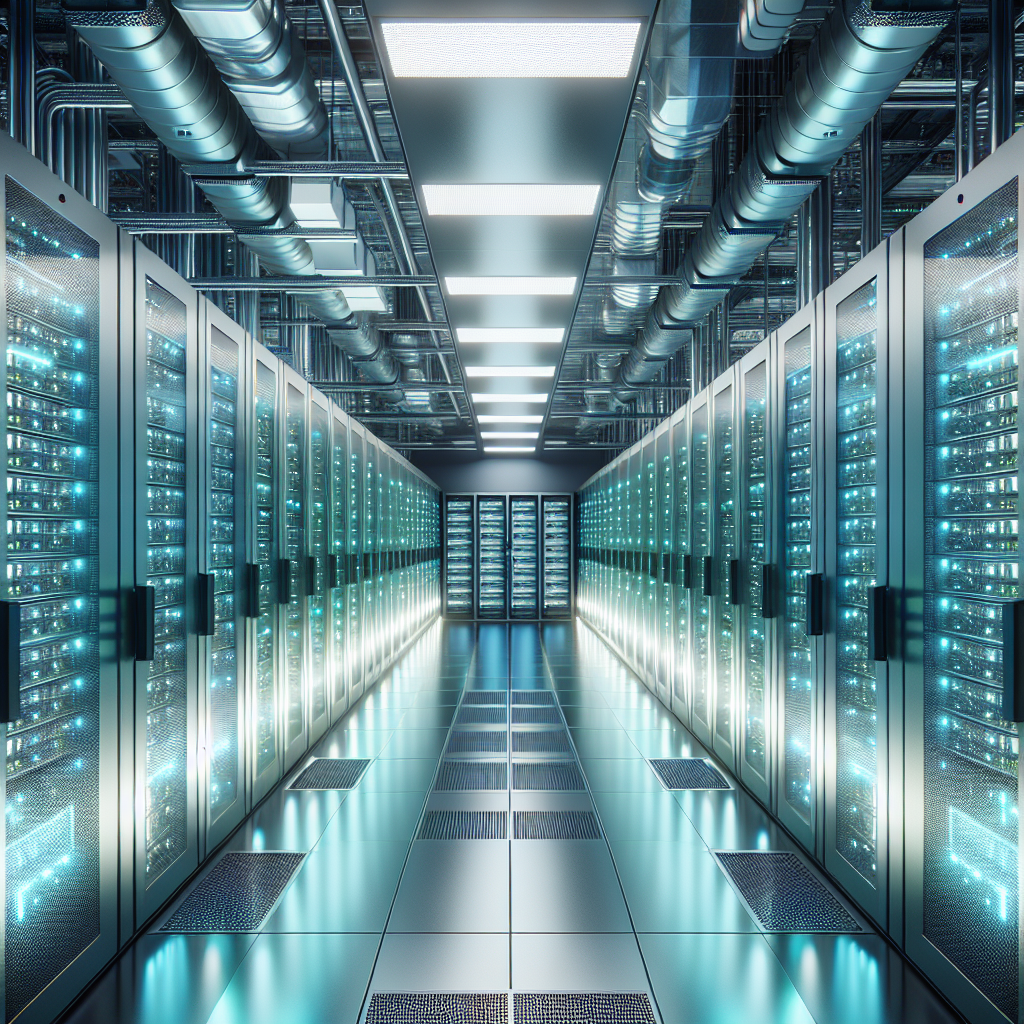Your cart is currently empty!
Innovations in Data Center HVAC Technology for Improved Efficiency and Sustainability

Data centers play a crucial role in our increasingly digital world, serving as the backbone for storing and processing vast amounts of data. However, these facilities are notorious for their high energy consumption, with cooling systems being one of the biggest culprits. In fact, data centers can consume as much as 40% of their total energy usage just on cooling alone. As concerns about climate change and energy efficiency continue to grow, there is a pressing need for innovations in data center HVAC (heating, ventilation, and air conditioning) technology to improve efficiency and sustainability.
One of the key challenges in data center cooling is the need to maintain optimal temperatures to prevent equipment from overheating, while also minimizing energy usage. Traditional cooling systems, such as computer room air conditioning (CRAC) units, rely on constant air conditioning to keep temperatures stable. However, these systems can be energy-intensive and inefficient, especially in large-scale data centers.
To address these challenges, there have been significant advancements in HVAC technology specifically designed for data centers. One notable innovation is the use of free cooling systems, which utilize outside air to cool the facility instead of relying solely on mechanical cooling. By incorporating airside economizers and evaporative cooling systems, data centers can significantly reduce their energy consumption and carbon footprint. These systems are particularly effective in regions with cooler climates, where ambient temperatures are low enough to support free cooling for most of the year.
Another innovative approach to improving data center HVAC efficiency is the use of liquid cooling solutions. Unlike traditional air-based systems, liquid cooling technology can more effectively dissipate heat from servers and other equipment, reducing the need for air conditioning. Liquid cooling systems can be integrated directly into server racks or through immersion cooling, where servers are submerged in a dielectric fluid to dissipate heat. These solutions not only improve energy efficiency but also help extend the lifespan of equipment by maintaining lower operating temperatures.
In addition to improving energy efficiency, advancements in data center HVAC technology also focus on sustainability and environmental impact. For example, some data centers are exploring renewable energy sources, such as solar or wind power, to offset their energy consumption. By integrating renewable energy systems with efficient HVAC technology, data centers can reduce their reliance on fossil fuels and lower their carbon emissions.
Overall, innovations in data center HVAC technology are crucial for improving efficiency and sustainability in an increasingly digital world. By implementing advanced cooling solutions like free cooling systems and liquid cooling technology, data centers can reduce energy consumption, lower operating costs, and minimize their environmental footprint. As the demand for data continues to grow, it is imperative that data centers prioritize energy efficiency and sustainability in their operations. By embracing cutting-edge HVAC technology, data centers can lead the way in creating a more sustainable and environmentally friendly digital infrastructure.

Leave a Reply